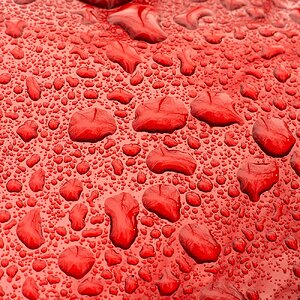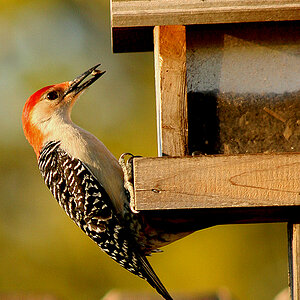YoungRebel
TPF Noob!
- Joined
- Oct 31, 2007
- Messages
- 130
- Reaction score
- 0
- Location
- Hollywood,CA/Hamburg,DE
- Can others edit my Photos
- Photos OK to edit
Hey,
What I'm wondering about all the time is following:
When we talk about th f-stops, we mean the full-stops....!?
means f/2.8 - f/4 - f/5.6 - f/8 - f/etc.....
But what is with all the f/# in between...like f/3.2 etc ???
Are those "half-stops" ?
does everybody prefer using the full-stops instead of the ones in between?
I'd be thankful if there's anyone that could explain that to me...
Pat
What I'm wondering about all the time is following:
When we talk about th f-stops, we mean the full-stops....!?
means f/2.8 - f/4 - f/5.6 - f/8 - f/etc.....
But what is with all the f/# in between...like f/3.2 etc ???
Are those "half-stops" ?
does everybody prefer using the full-stops instead of the ones in between?
I'd be thankful if there's anyone that could explain that to me...
Pat




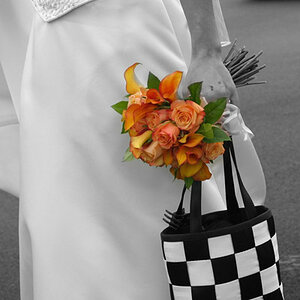
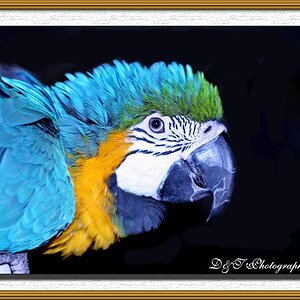
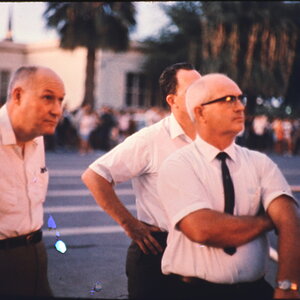
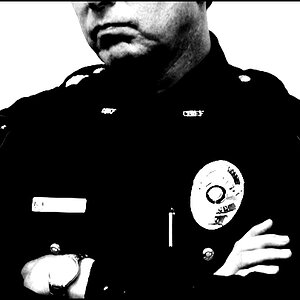
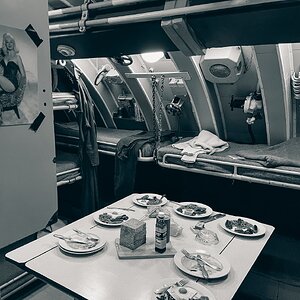
![[No title]](/data/xfmg/thumbnail/40/40285-2ce5915035c220ccb3485030863b62d0.jpg?1619739408)
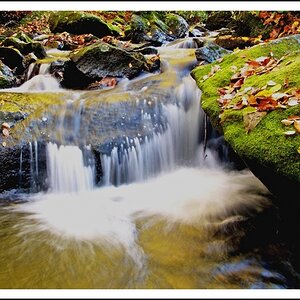
![[No title]](/data/xfmg/thumbnail/33/33360-ff0b69685c94740bde3f53b6d7aa9af1.jpg?1619735924)
